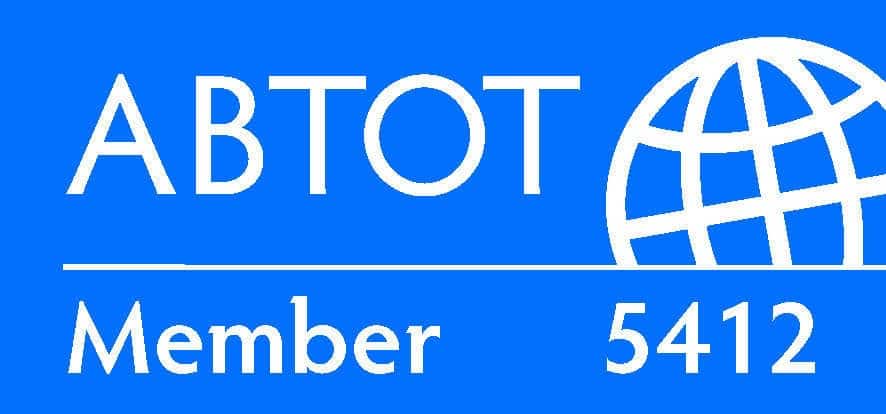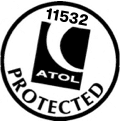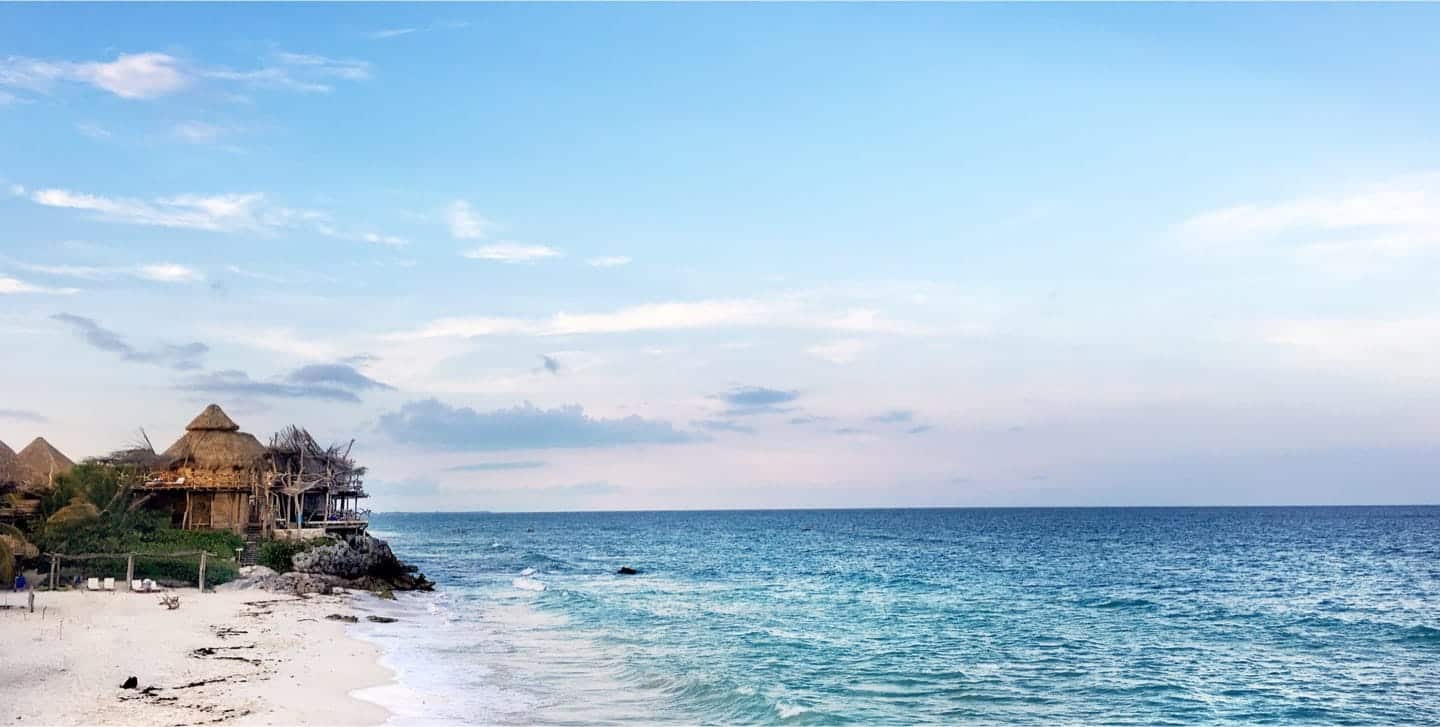As specialists in fly drive holidays to Mexico’s Yucatan Peninsula, we thought it might be useful to write a brief feature about the region’s roads and highways.
The first thing to point out is that, like the US, Mexico operates on a federal basis and is made up of a number of partially self-governing states.
The Yucatan Peninsula comprises three such states: Yucatan, Campeche and Quintana Roo. Crossing the region are a number of local roads and federal highways.
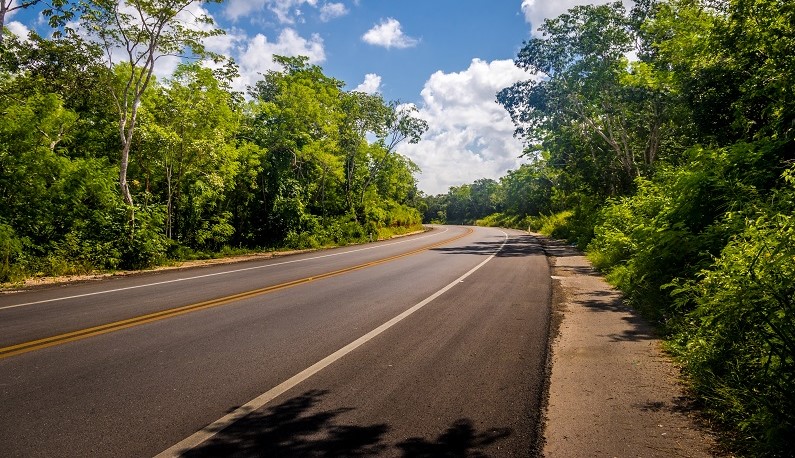
Highway 180 – Yucatan Peninsula
The most important highway in the Yucatan Peninsula is the 180 which runs almost all the way from the US (Texas) – Mexico border to Cancun. That’s a really, really long way.
As we only specialise in the Yucatan Peninsula, our particular interest in Highway 180 begins when it enters Campeche State, shortly before the town of Ciudad del Carmen on the Gulf Coast.
|
|
|
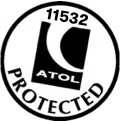 |
Beyond The Ordinary arrange fully bonded, tailor made holidays and tours to the Yucatan Peninsula of Mexico. Contact one of our experts on 01580 764796, email travel@beyondtheordinary.co.uk or contact us via our website. |
|
|
|
The 180 then tracks the coast as far as the regional capital, also called Campeche. From there it heads inland and north, crossing into Yucatan State and onto its local capital, Merida (iamge below).
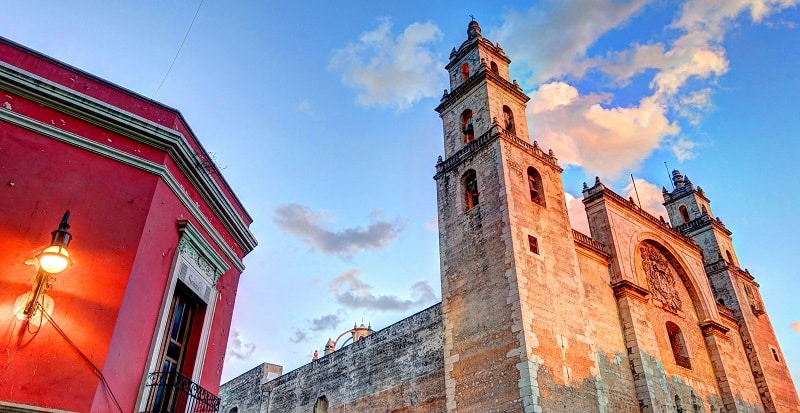
From Merida, the 180 then heads east, crossing into Quintana Roo before ending its long journey at Cancun on the Caribbean coast.
Looking at a map, you will notice that, for parts of the route, there is both a 180 and a 180D. The 180 is the original highway while the newer 180D sections are toll roads (Cuota in Spanish).
Indeed, almost the entire journey between Cancun & Merida is available by toll road although it is possible to stick to the old, original highway 180 if you prefer – just expect more and slower traffic.
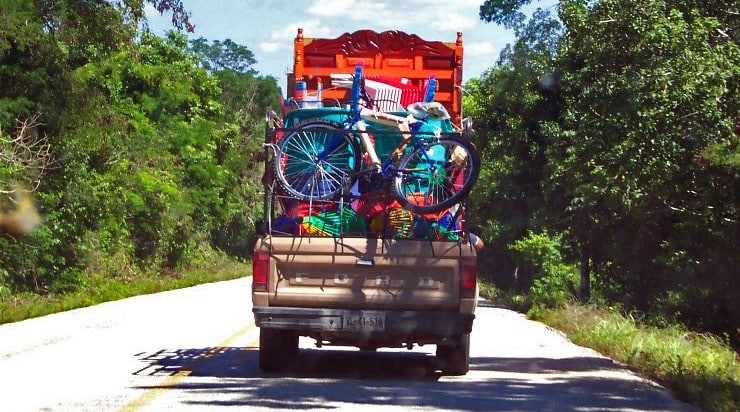
The good news is that these toll roads are in good condition, generally always dual carriageway and surprisingly light in terms of traffic.
Why is there so little traffic? That’s simple – they’re expensive! For example, the first stretch from Cancun to Valladolid costs some 285 pesos while the onward section from there to Merida costs 165 pesos. At the time of writing, £1 = 27 pesos.
As already mentioned, it is possible to skip the toll road and follow the older 180 the whole way, but it will take at least twice as long.
Why is the 180 so important? Well, 99% of arriving visitors will fly into Cancun international airport and, for those looking to explore the many historic and cultural highlights of the Yucatan Peninsula, that will mean heading west to visit the likes of Valladolid, Chichen Itza, Izamal & Merida – all on or just off the 180 / 180D. Any way you look at it, you will be using the 180 or 180D for a good part of your itinerary.
Image Highway 180 between Merida & Cancun. Courtesy Eternalsleeper @ Wikipedia
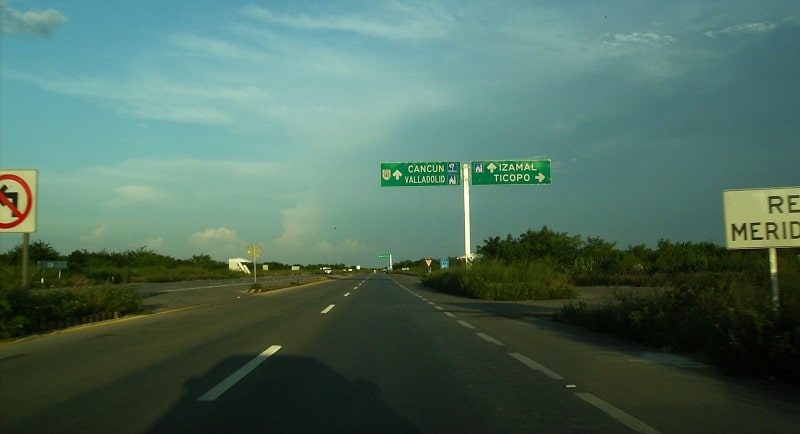
Highway 305D – Playa del Carmen
On the Quintana Roo side of the border with Yucatan state, highway 305D is a spur toll road that heads south-east, hitting the coast at Playa del Carmen and providing a short-cut to and from the beach hotels spread out along the Riviera Maya and down to Tulum.
Many of our clients spend the first part of their holiday touring the interior of the Yucatan Peninsula before ending with a few days relaxing on the Caribbean coast. The 305D simply negates the need to head back into Cancun.
Chemax – Coba & the 109
In a similar vein to the above, another option (especially those with limited time or who don’t wish to travel too far) is to head out to Valladolid from Cancun and use the town as a base from which to explore several nearby attractions.
Then, take the old 180 to the nearby town of Chemax before joining the Chemax – Coba (pictured below) road to the atmospheric, jungle Mayan ruins of the same name.
From Coba, you then join the near dead straight 109 road all the way to the coast and the beautiful beaches (and famous Mayan ruins) of Tulum.
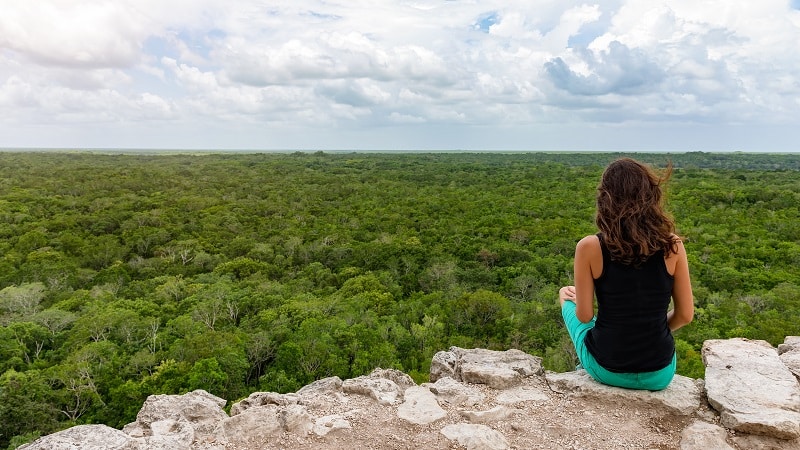
Highway 307 – Cancun to Chetumal
Following the Yucatan Peninsula’s east coast all the way south from Cancun to Chetumal, Highway 307 is the road that most visitors to the region will know best, simply because it links Cancun airport (where the vast majority of international visitors first arrive) with the beach resorts of the Caribbean coast.
None of the 307 is toll road but, as the number of hotels and holiday homes continues to grow, traffic becomes an ever-increasing problem.
In simple terms, the northern most sections of highway 307 are the busiest, especially between Cancun and Playa del Carmen.
Heading south from Playa del Carmen, and as far as Tulum, there is a definite drop off in traffic levels.
As Tulum marks the southern-most point of the region’s beach strip, and because the 308 heads away from the coast, there is another marked drop-off in traffic as you head south, first to Laguna Bacalar and then to the western edge of Chetumal.
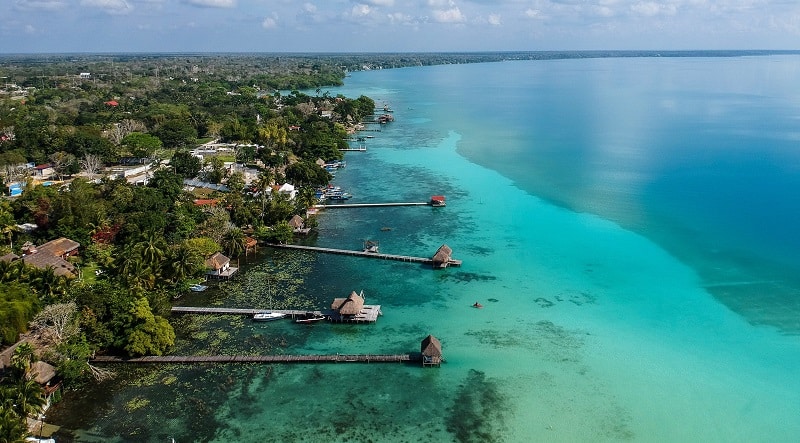
Highway 186 – Chetumal to Escarega
If you follow the aforementioned 307 as far south as Chetumal, you can either keep going and head into Belize, or take a right turn and head west along highway 186.
This single lane highway is generally pretty quiet and receives very few visitors.
Those foreign visitors that do make it this far south will almost all be making a loop of the Yucatan Peninsula (in either direction).
More than simply a section of the route to be completed, Highway 186 passes by a number of important Mayan sites (all blessed with very few visitors) including Kohunlich, Becan, Chicanna and, most important of them all, Calakmul.
Generally speaking, and as part of the aforementioned circuit of the Yucatan Peninsula, the small town of Escarega is where visitors will head off (or join) Highway 186 and head north to Campeche.
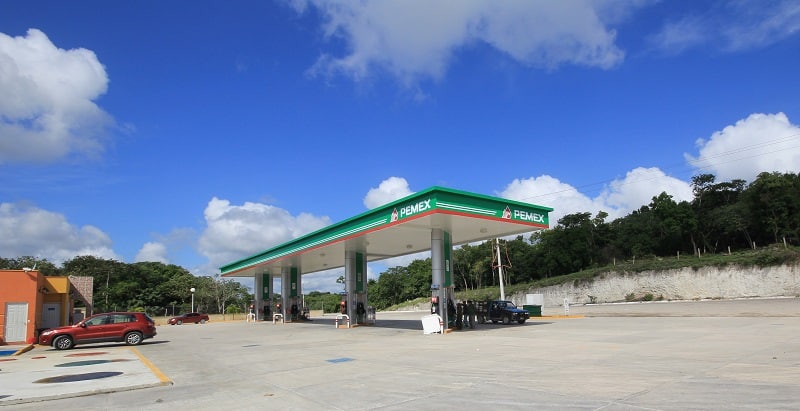
Highway 261 – Uxmal & the Puuc Hills
Most visitors travelling between Campeche and Merida will take Highway 180 and, if you are simply interested in getting between the two cities as quickly as possible, this is by far the best option.
Alternatively, running roughly parallel to its east is Highway 261 which, although pointless if speed and convenience is your objective, does have the advantage of passing by the famous Mayan city of Uxmal as well as the less well known collective of ruins known as the Puuc Hills.
As an alternative to using Highway 261 as a route between Merida & Campeche, many visitors choose to visit the aforementioned ruins on a day trip from Merida.
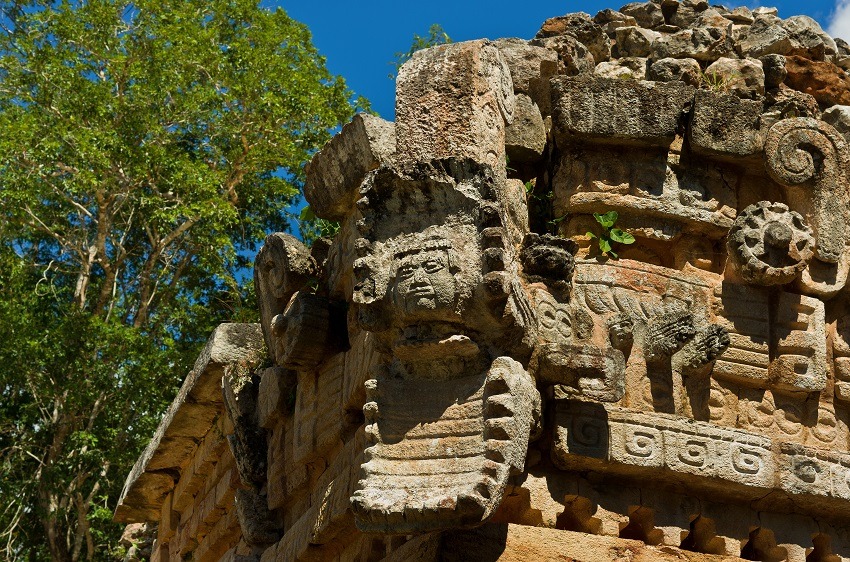
Highway 184- The Convent Route
In the same vein as above, a popular and recommended day trip from Merida is what is known as the Convent Route.
This generally entails heading south-east out of Merida on Highway 184, before returning to town via the 261.
To discuss any of the routes or destinations detailed in this feature, please feel free to give us a call on 01580 764796 or drop us an email on travel@beyondtheordinary.co.uk
You may also find the following feature, Fly Drive in the Yucatan Peninsula, useful.
